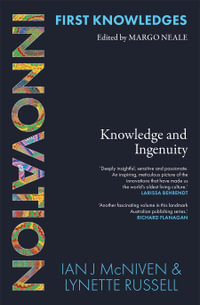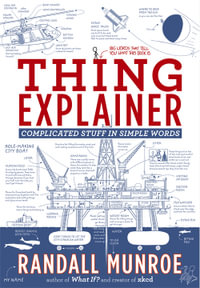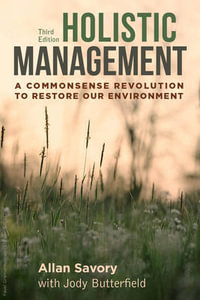| Introduction | p. 1 |
| The Concept of Electronic Record | p. 9 |
| The Concept of Record in Diplomatics | p. 9 |
| The Concept of Record in Archival Science | p. 10 |
| The Essential Elements of a Record | p. 11 |
| The Components of a Record in the Electronic Environment | p. 12 |
| Medium | p. 12 |
| Physical Form | p. 13 |
| Intellectual Form | p. 14 |
| Persons | p. 15 |
| Action | p. 17 |
| Context | p. 18 |
| Archival Bond | p. 19 |
| Content | p. 19 |
| Conclusion | p. 20 |
| The Reliability and Authenticity of Electronic Records | p. 23 |
| Reliability | p. 25 |
| Authenticity | p. 27 |
| Methods for Creating and Maintaining Electronic Records as Records | p. 31 |
| Profiling Records | p. 31 |
| Creating a record profile for every record in the records system | p. 31 |
| Creating an electronic repository of record profiles | p. 35 |
| Retrieving Records in Context | p. 35 |
| Retrieving records | p. 36 |
| Facilitating intellectual access to records | p. 36 |
| Conclusion | p. 37 |
| Methods for Creating and Maintaining Reliable and Authentic Electronic Records | p. 39 |
| Establishing a Foundation for Ensuring the Reliability and Protecting the Authenticity of the Creator's Records | p. 39 |
| Establishing and implementing procedures to protect the integrity of the electronic system | p. 40 |
| Establishing agency-wide control over all the records in the records system | p. 40 |
| Establishing and implementing access privileges | p. 41 |
| Specific Methods for Ensuring the Reliability of Records | p. 42 |
| Integrating business and documentary procedures | p. 42 |
| Classifying records | p. 43 |
| Organizing principles of a classification scheme | p. 43 |
| Descriptive elements in the classification scheme | p. 44 |
| Registering incoming and outgoing records | p. 48 |
| Protecting Authenticity | p. 49 |
| Controlling the handling and use of records | p. 49 |
| Controlling retrieval of active and semi-active records | p. 50 |
| Opening dossiers | p. 50 |
| Establishing and implementing a tracking and location system for non-electronic records | p. 50 |
| Controlling annotations | p. 50 |
| Protecting confidentiality | p. 50 |
| Controlling the transmission of records | p. 51 |
| Establishing state of transmission and draft control | p. 51 |
| Controlling copies | p. 51 |
| Managing the retention and final disposition of records | p. 52 |
| Creating a retention schedule | p. 52 |
| Implementing the records schedule | p. 53 |
| Ensuring the Continuing Effectiveness of the Recordkeeping and Record-Preservation System | p. 55 |
| Codification and training | p. 55 |
| Ongoing monitoring and upgrading | p. 55 |
| Conclusion | p. 56 |
| Conclusion | p. 57 |
| Notes | p. 59 |
| Templates | p. 67 |
| What is a Record in the Traditional Environment? | p. 67 |
| What is a Complete Record in the Traditional Environment? | p. 71 |
| What is a Reliable Record in the Traditional Environment? | p. 74 |
| What is an Authentic Record in the Traditional Environment? | p. 77 |
| When is a Record Created in the Electronic Environment? | p. 80 |
| When is a Complete Record Created in the Electronic Environment? | p. 82 |
| How is a Record Created Reliable in the Electronic Environment? | p. 86 |
| How is an Electronic Record Guaranteed and/or Proved Authentic? | p. 89 |
| Activity Models | p. 92 |
| Glossary of Terms Used in Activity and Entity Models | p. 107 |
| Procedural Rules for Managing an Agency's Archival Fonds | p. 129 |
| Rules for Activities Involved in Manage Archival Framework | p. 129 |
| Rules for Activities Involved in Create Records, Handle Records, and Preserve Records | p. 143 |
| Entity Model | p. 159 |
| Introduction | p. 159 |
| Entity Model | p. 160 |
| Attributes of Entities Depicted on Entity Model | p. 161 |
| List of Articles Relating to the Research | p. 165 |
| Index | p. 167 |
| Table of Contents provided by Syndetics. All Rights Reserved. |

























